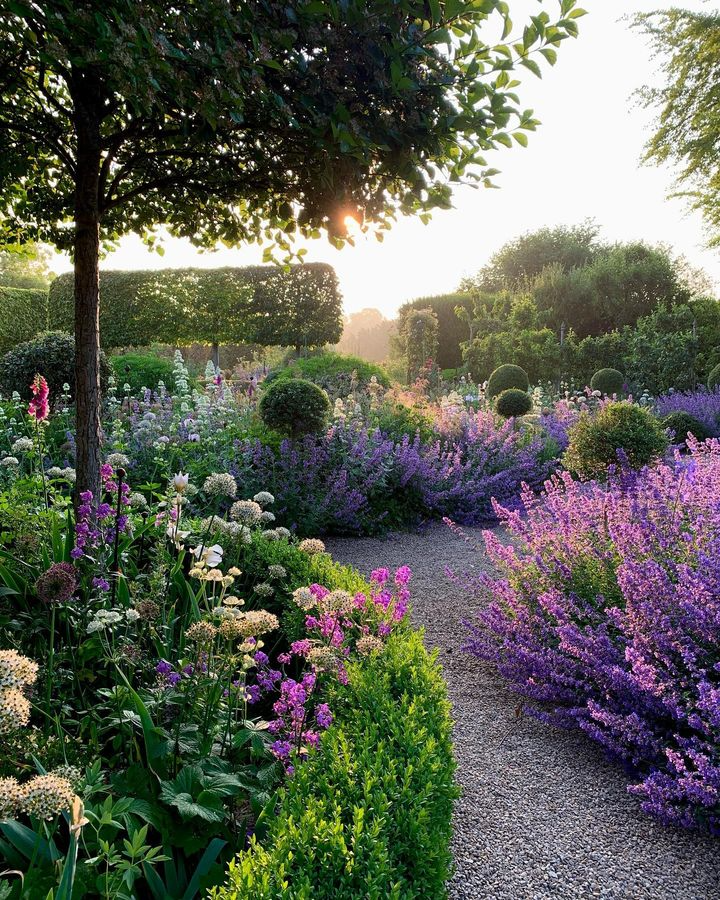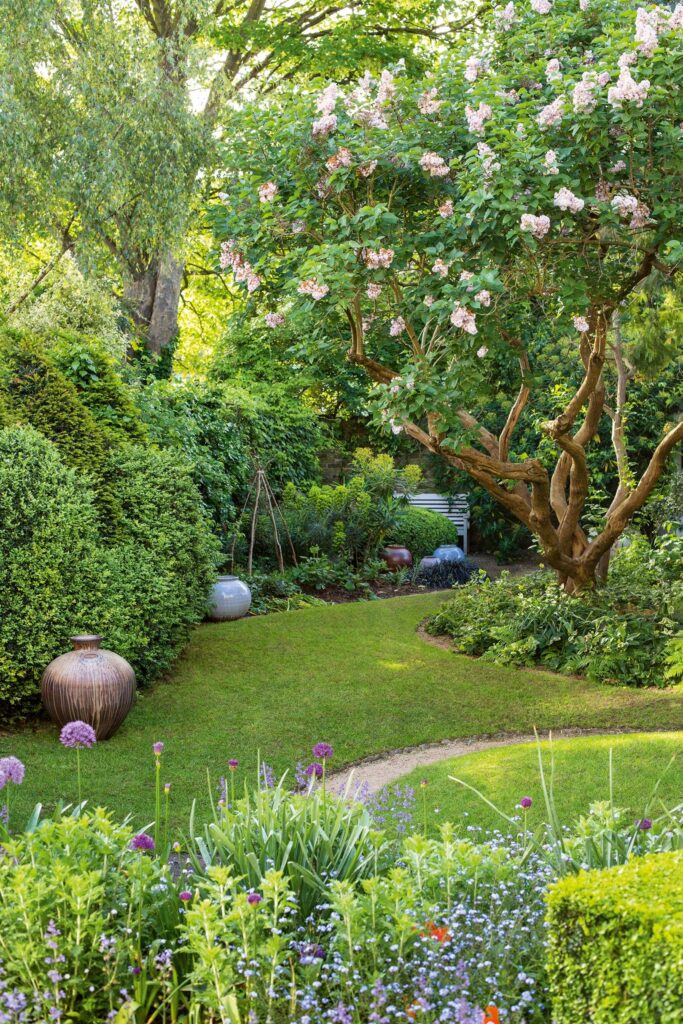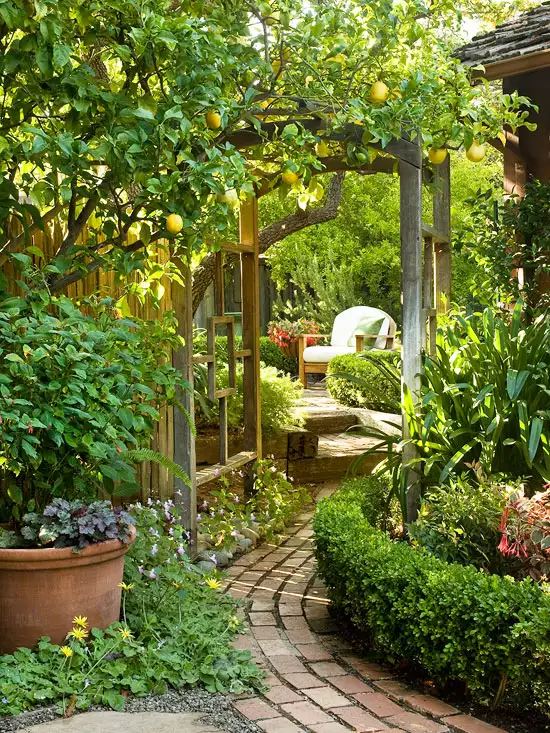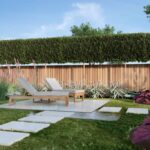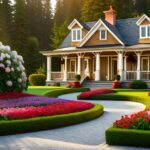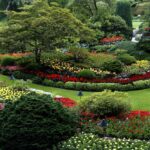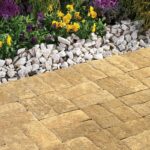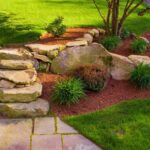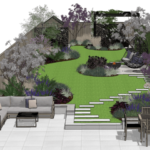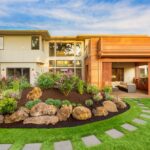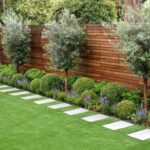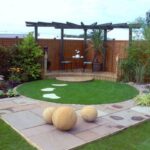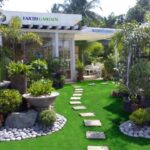Garden landscape design is an essential element in creating a beautiful and functional outdoor space. The layout, materials, and plants chosen can all have a significant impact on the overall look and feel of a garden. A well-designed garden landscape can enhance the beauty of a property, provide a place for relaxation and recreation, and even increase the value of a home.
One key aspect of garden landscape design is the layout of the space. The layout should be practical and functional, with clear pathways and designated areas for different purposes. For example, a garden may have a seating area for relaxation, a play area for children, and a vegetable garden for growing fresh produce. The layout should also take into account the natural features of the site, such as the position of trees, slopes, and sunlight.
Materials are another important consideration in garden landscape design. The choice of materials can greatly impact the style and overall aesthetic of the garden. Common materials used in garden landscaping include stone, wood, gravel, and plants. Stone can be used for pathways, walls, and decorative features, while wood is often used for decking, pergolas, and fencing. Gravel can be used for paths and driveways, and plants are essential for adding color and texture to the garden.
Plants are perhaps the most important element in garden landscape design. The selection of plants can make or break the overall look of a garden. When choosing plants for a garden, it is important to consider factors such as climate, soil type, and sunlight exposure. It is also important to consider the maintenance requirements of the plants, as some may require more care than others. A well-chosen selection of plants can provide year-round interest and color to a garden landscape.
Another important consideration in garden landscape design is the use of hardscaping elements. Hardscaping refers to the non-living features of a garden, such as patios, decking, walls, and water features. Well-designed hardscaping can add structure and interest to a garden landscape, as well as provide functional spaces for outdoor activities. Hardscaping elements should be integrated seamlessly with the plants and other natural features of the garden.
In conclusion, garden landscape design is a multifaceted process that involves careful consideration of layout, materials, plants, and hardscaping elements. A well-designed garden landscape can enhance the beauty and functionality of an outdoor space, providing a place for relaxation, recreation, and enjoyment. By carefully planning and designing a garden landscape, homeowners can create a space that reflects their personal style and enhances the value of their property.
